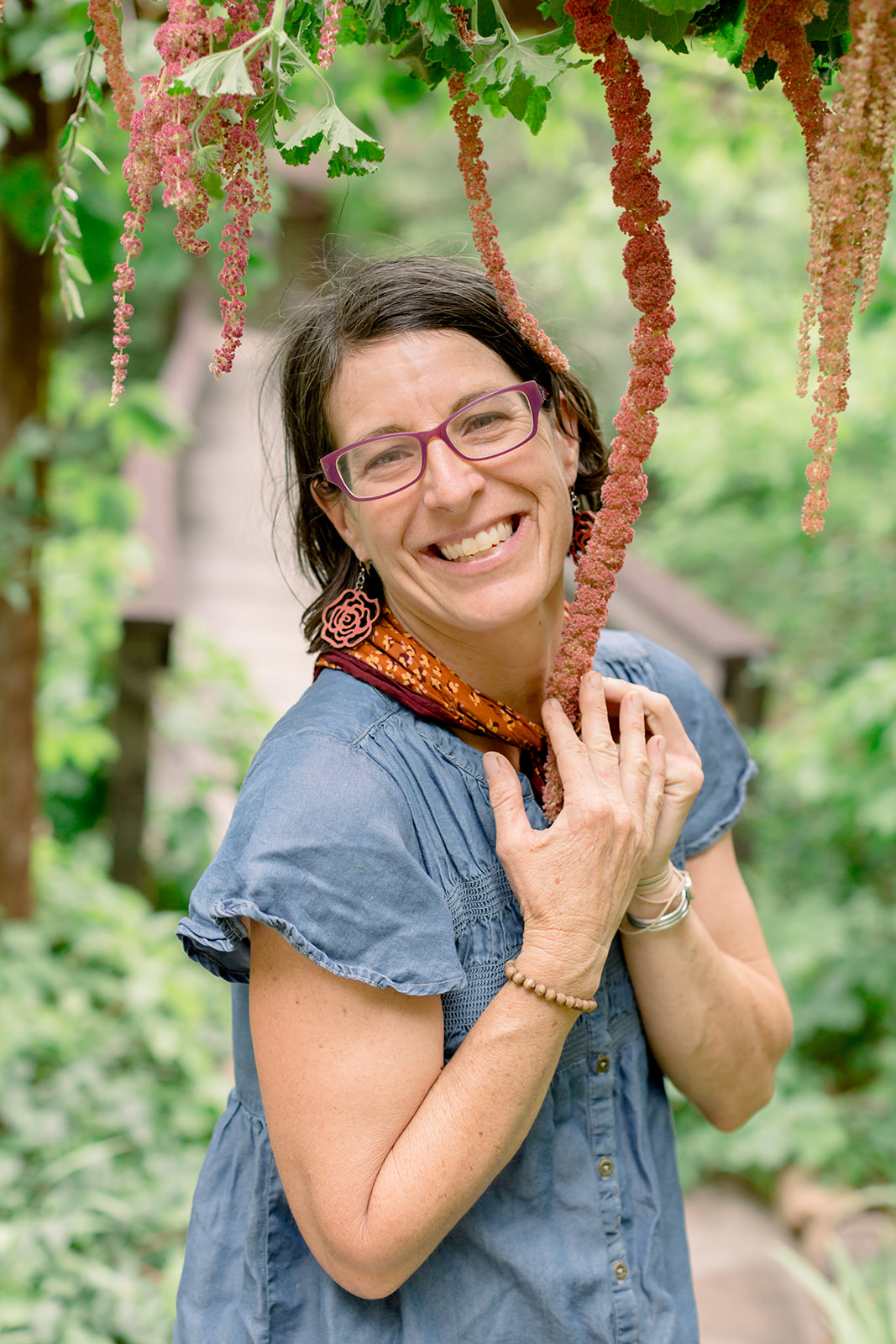“It is not down on any map; true places never are.”
–Herman Melville, “Moby-Dick”
I have always been drawn to maps. The swirling topographic lines over miles of the Earth’s surface grant me the rare insight of a soaring hawk. I have a habit of collecting maps of places I would like to go. I study the folds of ridges and the names of distant mountain ranges and dream of someday navigating through them. The world map that hangs in our house, acquired from a thrift store, resembles the maps from elementary school classrooms when I first learned about the world beyond my back yard. It reminds me that I am part of the larger whole; one small story on a planet brimming with diverse places and people.
My favorite maps are those of the Colorado Plateau, where the colorful patterns of land ownership and topographic relief converge until I am dizzy with desire to be everywhere at once. To me these maps are works of art commemorating the places I hold dear: the big crack of the Grand Canyon, and the San Francisco Peaks jutting into the sky. They are alive with trees and rivers and rocks and snakes. These maps are old friends— the familiar places emerge from the geography loaded with images of waterfalls, plants and memories of times I shared with people there.
In my work I am required to navigate remote, rugged territory to find the most direct and least treacherous route to a research plot or document a spring. This often involves traipsing up and down steep slopes through large stands of chaparral. When I have a map to read it makes this process much less daunting. I trust the map to help me find my way back home.
Want to find your way from Zuni Pueblo to the Grand Canyon when you don’t have a map? A visit to the exhibit, “A:shiwi A:wan Ulohnaanne—The Zuni World” at the Museum of Northern Arizona offers insight into the way Zuni people read the landscape.
The same maps I admire echo the remnants of colonization as tools of conquest over Native lands. They allowed outsiders to draw lines and establish ownership around sacred places.
The maps in this exhibit were created by a team of Zuni artists and cultural knowledge keepers. They conjure the memories of Zuni creation and migration stories and depict spiritual places from the Colorado Plateau to Mexico. This exhibit made me realize just how broadly one can interpret maps of the places we hold dear. For the Zuni maps illustrate the strong connection between maps and stories.
Several of the paintings are love songs to many treasured Grand Canyon spots—the Nankoweap Granaries, Deer Spring and Ribbon Falls, the place of Zuni emergence. In one painting the Little Colorado River is an artery of pulsing water, the lifeblood on a journey through vast expanses of dry land. Another map shows the Zuni pilgrimage along the Colorado River from its source to the Pacific Ocean with settlements along the way and the treasures of shells at the ocean’s edge. Many are maps of places that are only a memory—like when the Zuni River flowed through the Pueblo and provided a lush, riverine habitat for wetland plants and birds. Or the location of old wells around the Pueblo that have gone dry. The imagery evokes powerful emotions of connection to place that are not possible to see in Western maps, not the ones I know and use. These paintings opened up a whole other side of the Grand Canyon that I was not privileged to witness before—one of sacred and long-standing connections that have been passed down from generations and are now preserved for the future.
Today we live in the world of Google Earth, where you can conjure aerial imagery of almost anywhere on the planet and zoom into unfamiliar terrain from your computer chair. Gone is the need for a road map to navigate when your car is equipped with a built-in GPS unit. I wonder if even the days of walking with a paper maps folded in my pocket are numbered. The Zunis remind us that the power of place is in the narrative of the map, and in the stories we carry with us.

